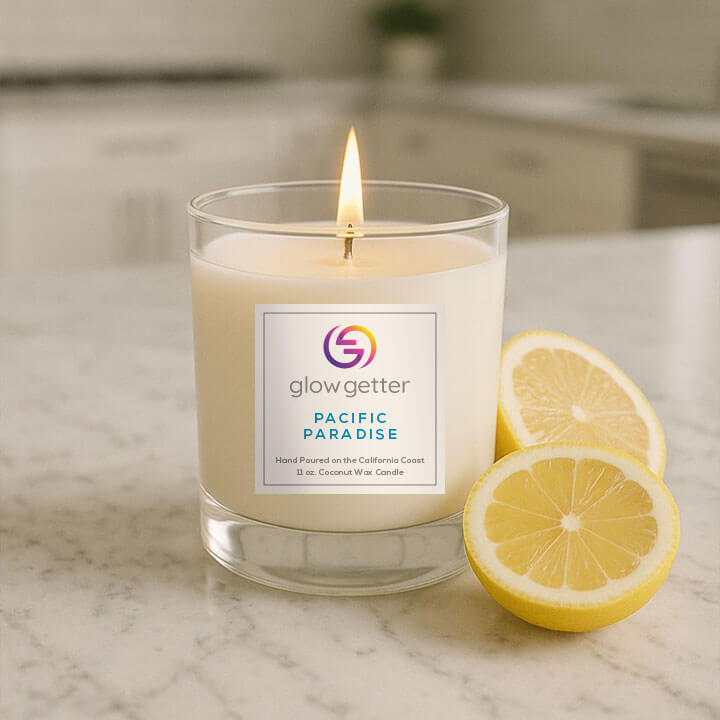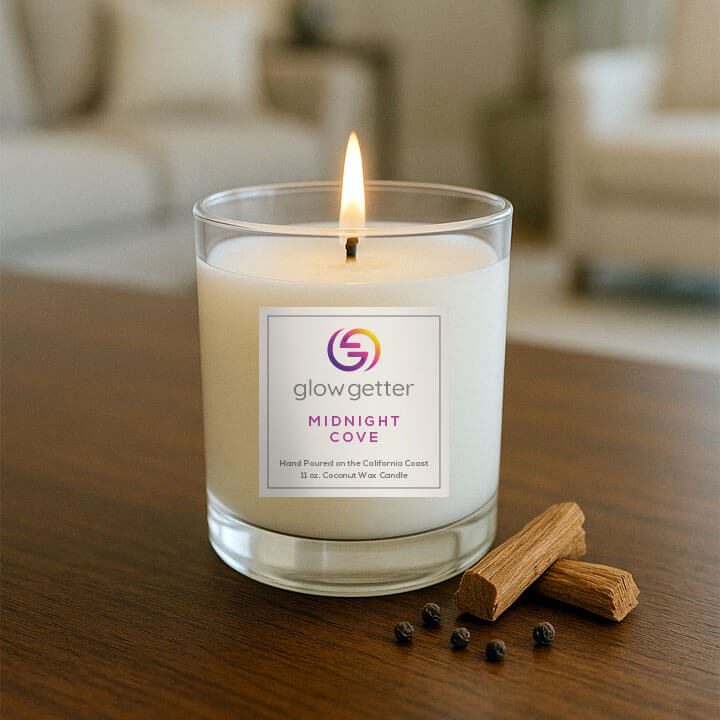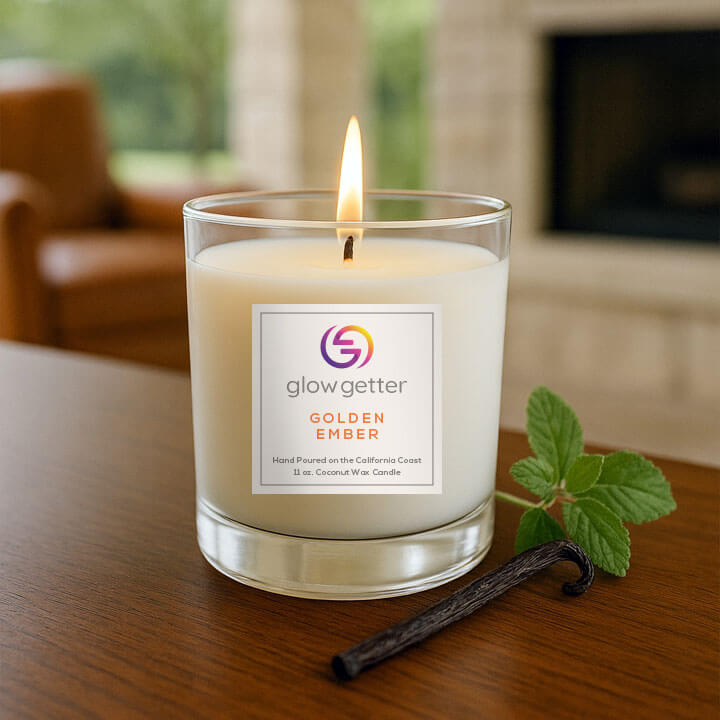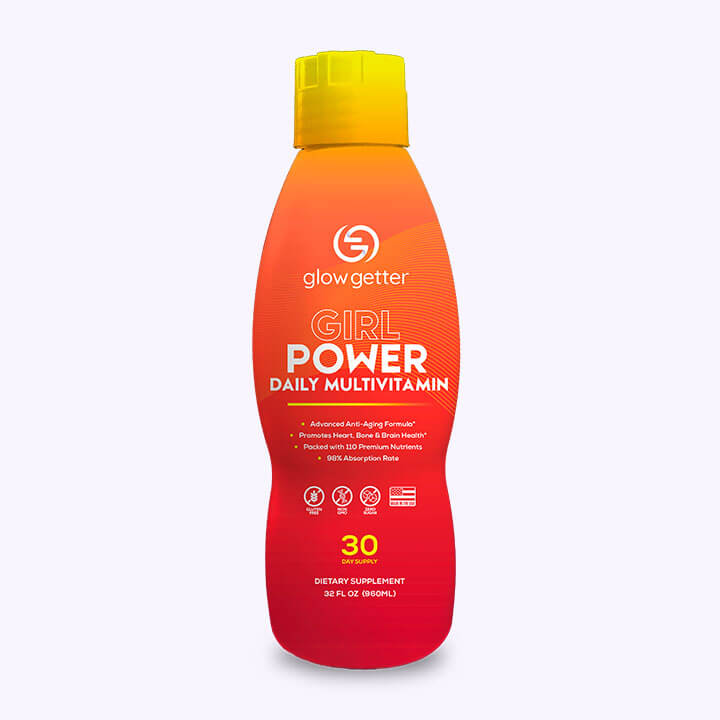Misty Copeland is a ballerina and a cultural reset.
From becoming the first Black woman principal dancer at American Ballet Theatre (ABT) to championing body positivity and opening doors for young dancers of color, Copeland has fused art with activism in a way that has permanently reshaped the ballet world, and left ripples far beyond.
This is the story of how she redefined what it means to use the body as art and activism, and why her legacy matters to anyone who has ever felt like an outsider in a room where the rules were written without them.
Ballet's Impossible Standards
To understand the magnitude of Copeland's rise, you first have to know ballet's gatekeeping.
Ballet is an art form steeped in centuries-old traditions, many of which are, frankly, exclusionary. For generations, the ballerina was painted in one mold: thin, white, willowy, fragile. The image was as rigid as the pointe shoes dancers squeezed into.
That rigidity extended beyond aesthetics. Historically, Black dancers were often excluded from major ballet companies. Their bodies were deemed "too muscular," their skin "distracting," their hair "impossible" to conform to the required buns. The subtext: You don't belong.
Misty Copeland shattered that illusion. And she did it without shrinking herself to fit in.
A Late Start, An Unlikely Star
Something that makes her story even more jaw-dropping is that Misty didn't start ballet until age 13. In a world where most professional dancers have been training since preschool, that's nearly unheard of.
Raised in a working-class family in San Pedro, California, Copeland grew up in cramped spaces, often sharing a single motel room with multiple siblings. Ballet wasn't on the horizon.
Then came a local Boys & Girls Club, a borrowed leotard, and a teacher who saw something raw and undeniable. Misty's natural talent was magnetic. Within months, she was performing solos. Within a few years, she was winning competitions. By 19, she was dancing at American Ballet Theatre.
She turned what ballet considered a liability, her muscular thighs, her curves, her late start, into her signature.
Breaking Barriers at ABT
In 2015, Copeland was named the first Black female principal dancer in ABT's 75-year history.
It was a seismic shift. Headlines poured in. Time magazine named her one of the 100 Most Influential People. She appeared on the cover of magazines not typically reserved for ballerinas. She wrote best-selling memoirs, including Life in Motion, that inspired a new generation of dancers.
But beyond the accolades, the appointment was a crack in ballet's centuries-old facade. It meant that little girls of color could finally look at the ABT stage and see themselves.
Copeland herself has said:
"This is for the little brown girls who thought they couldn't be ballerinas."
Misty as an Activist
Copeland's activism extends far beyond the stage.
- Advocacy for Diversity in Ballet: She has spoken openly about the lack of representation in classical ballet, urging companies to rethink casting, costuming, and pipelines for dancers of color.
- Mentorship & Youth Programs: She co-founded the Misty Copeland Foundation, focusing on bringing ballet to underrepresented communities and providing resources for young dancers who might never otherwise set foot in a studio.
- Body Positivity: In a world where ballerinas are pressured into extreme thinness, Copeland has been vocal about rejecting unhealthy body standards. Her athletic build redefined what a "ballerina's body" could look like.
- Storytelling: Through books like Firebird (a children's picture book) and her documentaries, Copeland is actively rewriting ballet's narrative for a wider audience.
By simply existing at the highest level of ballet, and refusing to erase parts of herself to get there, Copeland became both an icon and an advocate.
The Cultural Ripple Effect
Copeland's influence has stretched far beyond the proscenium arch.
- In Fashion & Media: She's appeared in campaigns for Under Armour, Estee Lauder, and countless global brands. Each time, she embodies a message: strength is beautiful, and ballet belongs everywhere.
- In Pop Culture: From performing with Prince (yes, that Prince!) to starring in the Disney movie The Nutcracker and the Four Realms, she's made ballet mainstream.
- In Activism Circles: Copeland is often invited to speak alongside activists, athletes, and politicians, further blurring the line between art and advocacy.
Her presence signals to industries outside ballet: diversity isn't just a buzzword; it's a force multiplier.
Why Misty Matters to All of Us
Even if you've never set foot in a dance studio, Copeland's story resonates. Because it's about more than ballet. It's about:
- Owning your difference: What if the very thing you thought was your flaw is your superpower?
- Redefining legacy: What does it mean to break barriers in an industry that wasn't built for you?
- Merging art with activism: How do we use our passions, not just our protests, to push the world forward?
Misty Copeland answers all three, not through speeches but through sweat. Her every performance is a living manifesto.
Lessons We Can Take into Our Own Lives
- Start where you are. Misty didn't start ballet until 13. Too late, according to the rulebook. But rules aren't always right.
- Claim your body. Instead of shrinking herself, she leaned into her strength. What would happen if you treated your "flaws" as your fuel?
- Representation is power. Whether in boardrooms, wellness spaces, or art forms, representation is the cornerstone of progress.
- Art is activism. You don't have to march with a sign to make change. Sometimes your canvas, your stage, your kitchen, your classroom, or whatever your "stage" is, can become activism in motion.
- Resilience is the secret ingredient. Misty faced relentless criticism, systemic barriers, and personal challenges. But resilience transformed every "no" into a deeper plié into her purpose.
Misty in Her Own Words
One of Copeland's most quoted lines is:
"I may not be there yet, but I am closer than I was yesterday."
It's deceptively simple, but it captures her ethos. Progress over perfection. Movement over stagnation.
Another favorite:
"You can start late, look different, be uncertain, and still succeed."
That's a message for all of us fumbling our way through new chapters, unsure if we belong.
The Glow Getter Takeaway
Misty Copeland proves that the body is flesh and bone, a statement and story.
She reminds us that strength can be art. That art can be activism. And that activism can begin with the smallest, most personal rebellion: refusing to be erased.
So next time you catch yourself doubting whether you belong at the table, or on the stage, remember Misty.
And then, rise en pointe, however that looks in your life.













